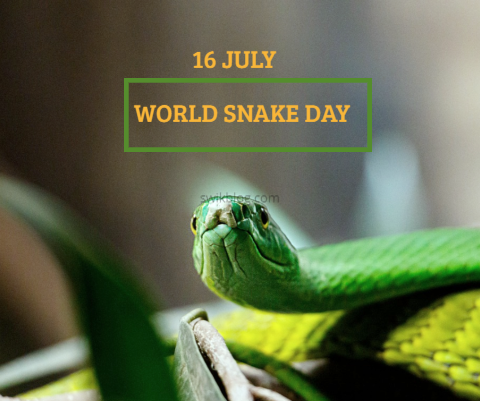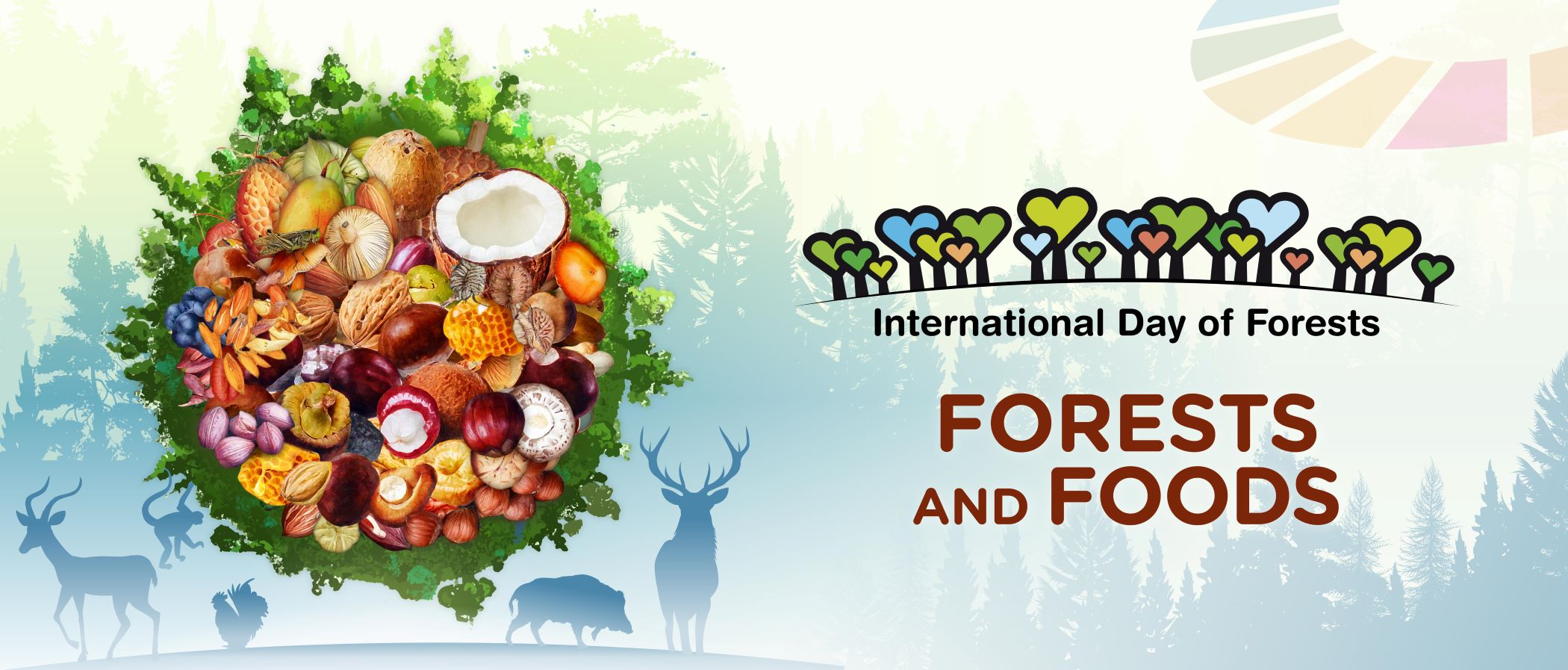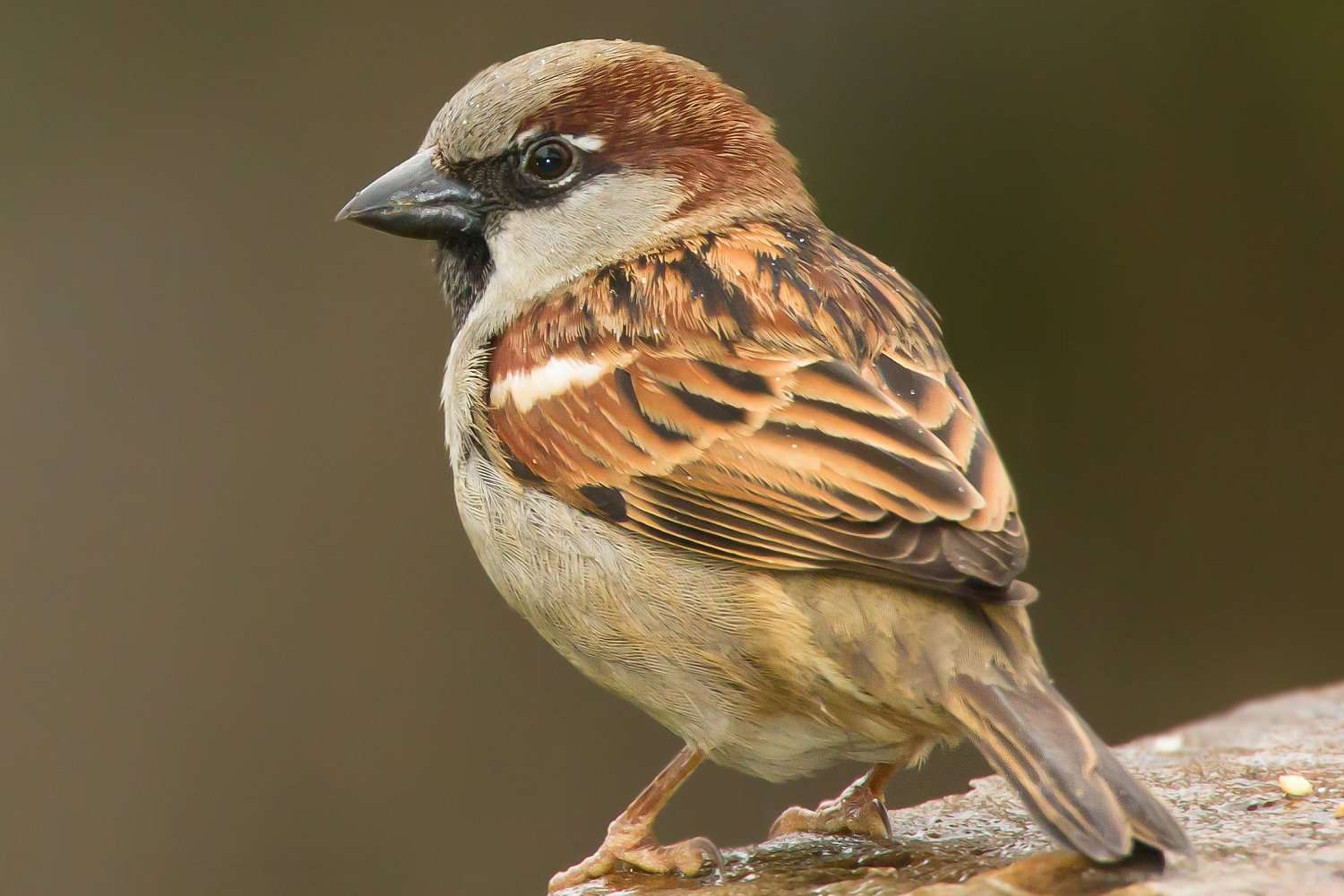

On Every 16th July, World Snake Day is celebrated around the world by the Wildlife lovers to create awareness about the slithering of reptiles. According to National Geographic, there are over 3000 species of snake on the planet. This day is celebrated to increase awareness about the snakes.
Though while snakes are faced with many of the same problems facing all wildlife (habitat destruction, climate change, and disease), the greatest barrier to conservation may be negative attitudes to snakes, as they often hinder attempts to tackle other threats. Snakes are at the top of the list most frequently when thinking about one’s fears in life. Such long, slithery legless creatures are myths. But I hope that, along with an open mind, a certain serpent education will show another side of the snakes that will give the serpent skeptics some thinking.
World Snake Day is a perfect time to read more about snakes. This day of awareness has been set up so that people can know more about these fake reptiles and stress their crucial role in the balance of nature.
About more than 3,000 species of snakes are there on the planet except in Antarctica, Iceland, Ireland, Greenland, and New Zealand. Approximately 600 species are poisonous, and only about 200 may kill a human or cause serious wounds.
Amazing facts about snakes
#1 Python is known to be the one of the largest snakes in the world.
#2 Around one hundred snake species are listed as endangered by the IUCN Red List, usually due to the developmental habitat destruction.
#3 Most snakes lay its eggs but some species — such as sea snakes — give young live life. There are very few snakes who pay attention to their nests, except for the pythons those who eat their nests.
#4 In Brazil there is an island with up to 5 snakes per square meter! People are not permitted to go to the island because it is home to the critically endangered golden lance snake.
#5 One of the fastest snake in the world is Black Mamba which can move up to 12mph (20kmph).
#6 The world’s smallest snakes are Brahminy blind snakes that can be as little as 2 1⁄2 inches. They are often mistaken with earthworms.
#7 The Southeast Asian paradise tree-snake can fly. To catch the airflow, it swings its body through the air and then flattens into a C-shape. If it flips back and forth over its body it can change direction as it falls.
#8 The snakes have often forked tongues that detect their surroundings in various directions which helps them to know about the nearby food and danger.
#9 Most snakes live on land but in the Indian and Pacific oceans there are about 70 species of snakes that live. some of the sea snakes most poisonous but they do not harm human as they are very shy and do not long fann.
#10 Snakes have slow metabolism rate as they do eat so often as other animals do. The King Cobra can live without food for a whole month.
Celebrate this World Snake Day by paying attention to the conservation of the most habitat species of the planet. Snakes play a vital role in the preservation of the well-being, health, and biodiversity of different ecosystems. Not only are snakes helpful to the natural environment, but also humans benefit significantly from these scaly animals without even knowing it.
Swikriti Dandotia













